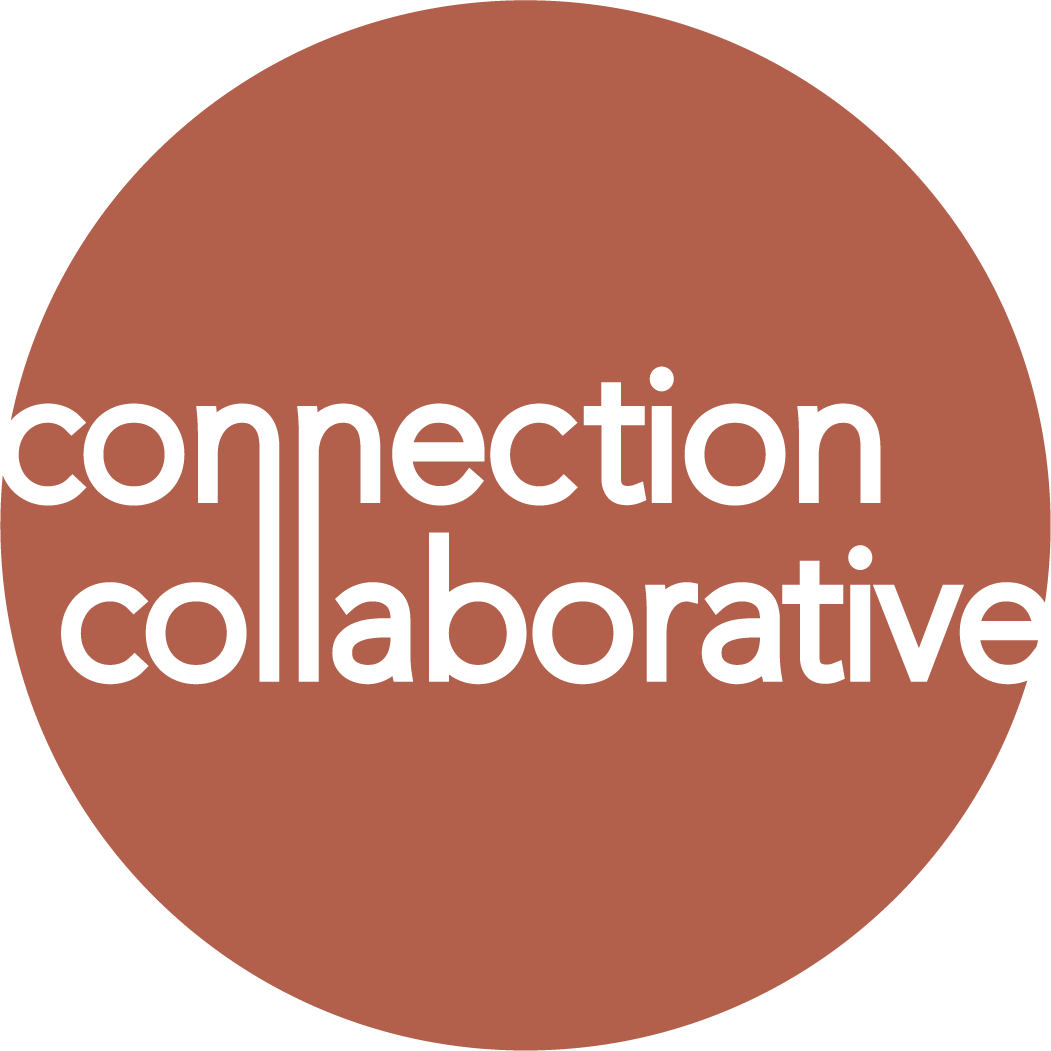No One is Coming to Save You
by Annalisa Holcombe, Founder & Principal Consultant at Connection Collaborative
I’ve carried this belief for a long time: No one is coming to save you. It wasn’t something I was taught—it was something I had to learn. And while that realization was painful at first, over time, it became a source of resilience.
When systems fail, when doors close, when the people or institutions we expect to help us don’t—what do we do? We figure it out. We build our own way forward. And if history has taught us anything, it’s that some of the most impactful businesses, movements, and organizations were started by people who understood this truth.
Right now, nonprofit leaders, fundraisers, and educators are facing massive uncertainty. Federal funding is shifting. Large philanthropists are waiting to see what happens in the markets. Many organizations are hoping that courts or Congress will intervene in time. But hope is not a strategy.
I’ve seen this play out in so many fields. A real estate professional who couldn’t get hired, so they built their own brokerage. A lawyer who lost their job and found a niche that allowed them to rebuild a career—and help others in the process. A nonprofit leader who saw a crisis and knew that no institution would step in fast enough, so they created a solution themselves.
The organizations and movements that thrive aren’t the ones waiting for stability. They’re the ones recognizing that instability is the new reality and choosing to act anyway.
So what does it look like to act instead of waiting?
Build contingency plans: Assume major funding sources may not return and explore alternative revenue streams now.
Diversify funding: Strengthen individual giving programs, corporate partnerships, and unrestricted revenue streams.
Engage board members differently: Boards need to activate their networks, advocate, and help navigate uncertainty—not just offer advice.
Be radically transparent: Now is the time for open, honest conversations with donors, staff, and the community about what’s happening and what’s needed.
Act before philanthropy catches up: Large foundations may hesitate, but grassroots donors and smaller funders can mobilize more quickly.
No one is coming to save us. But that doesn’t mean we’re powerless. It means the people who step up now—who adapt, plan, and act—will emerge stronger. And if we can’t count on stability, we can count on each other. Let’s get to work.
